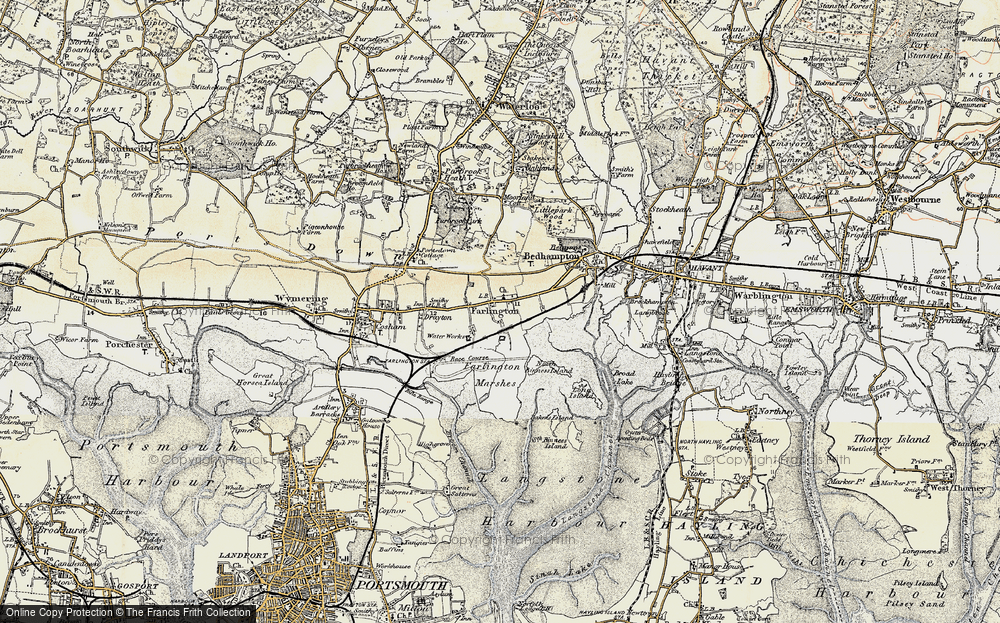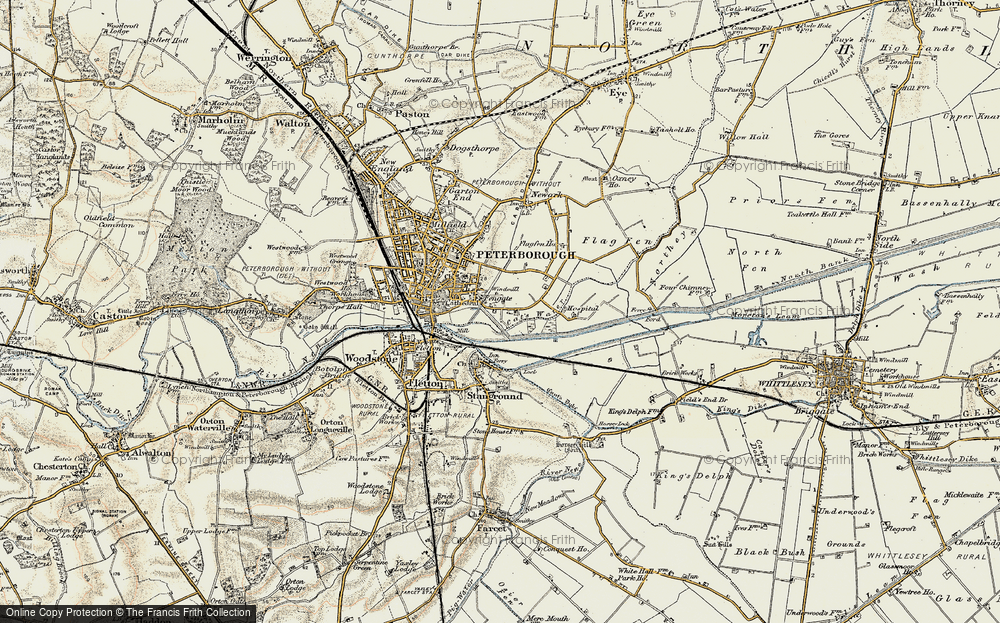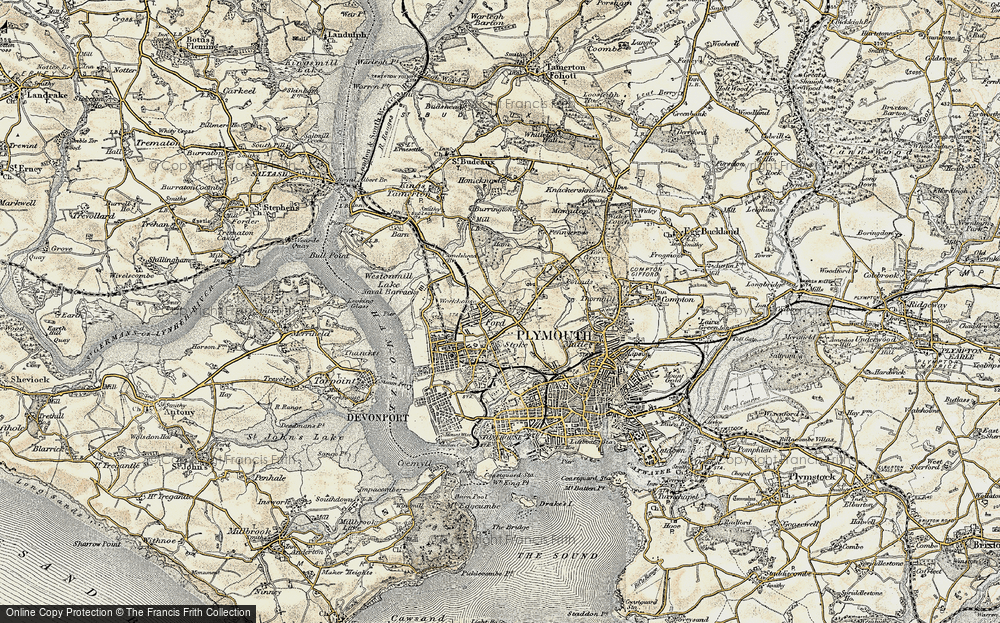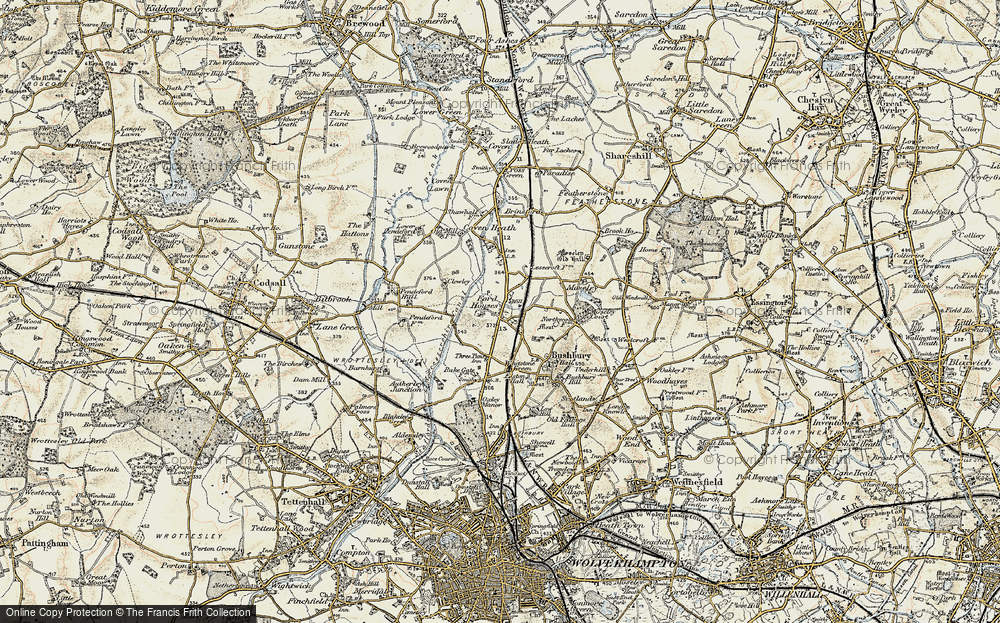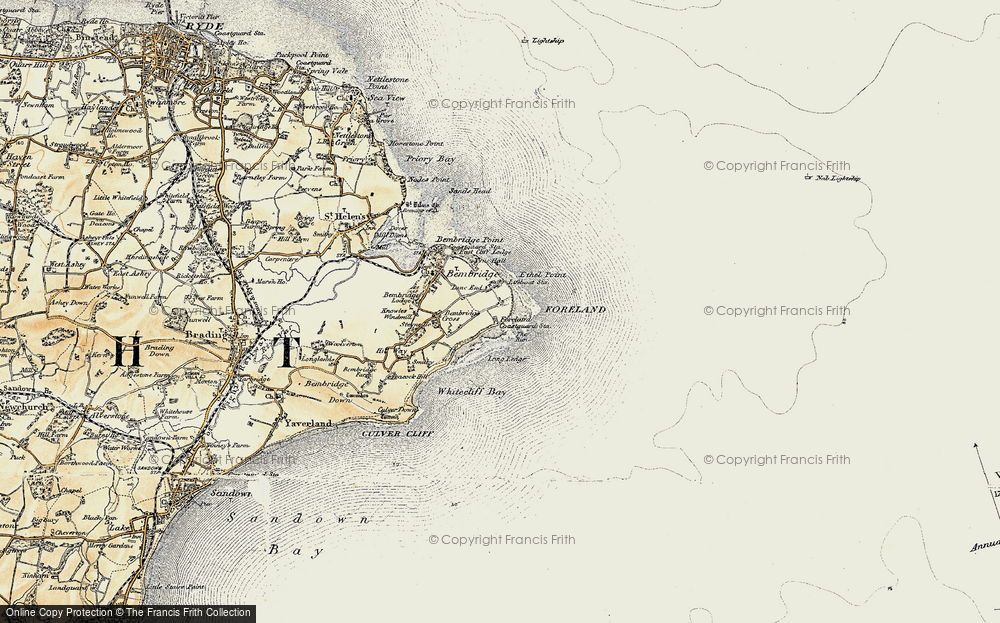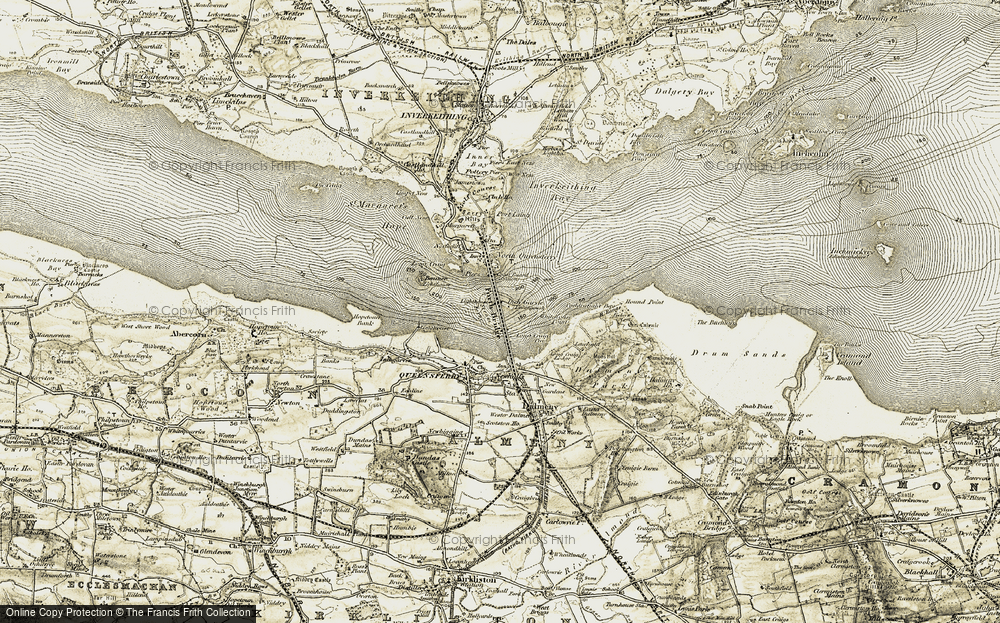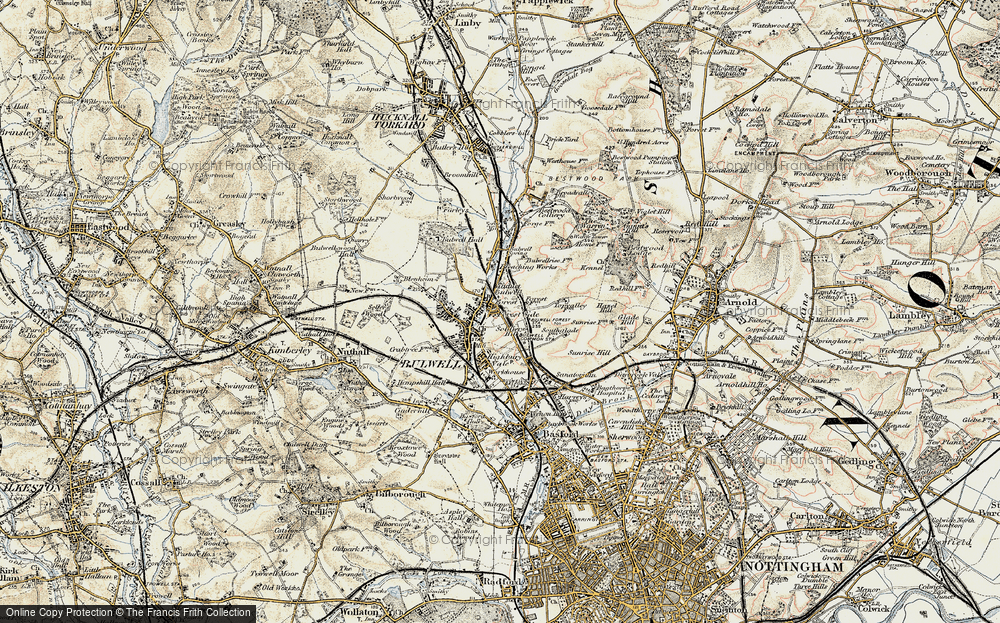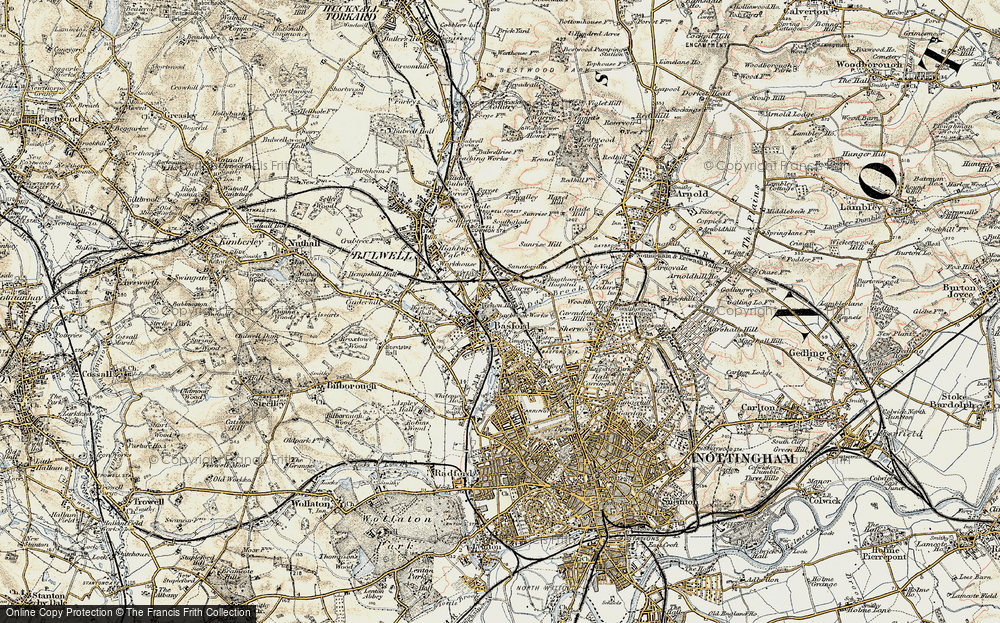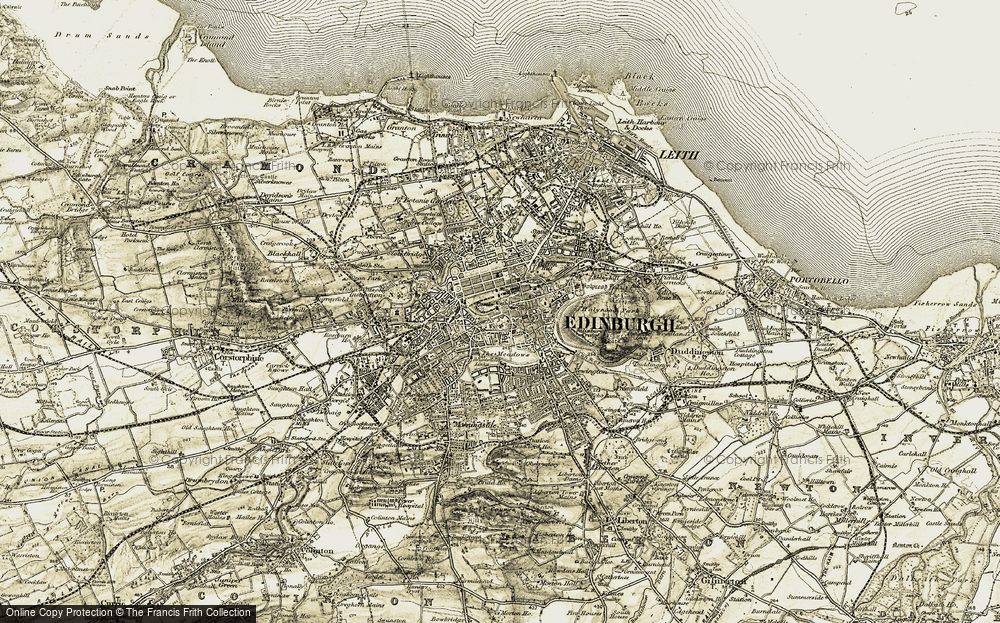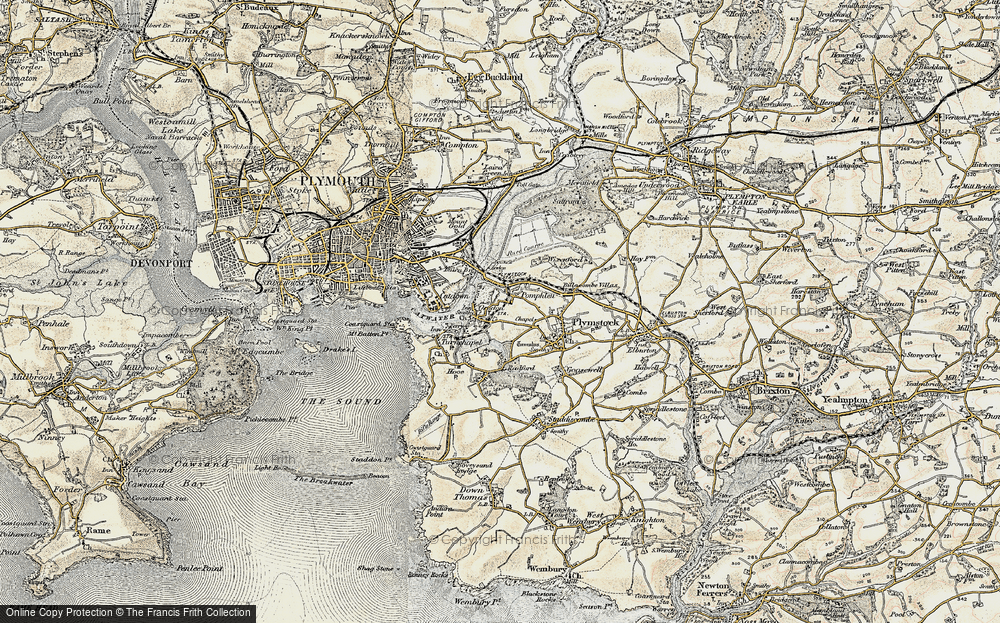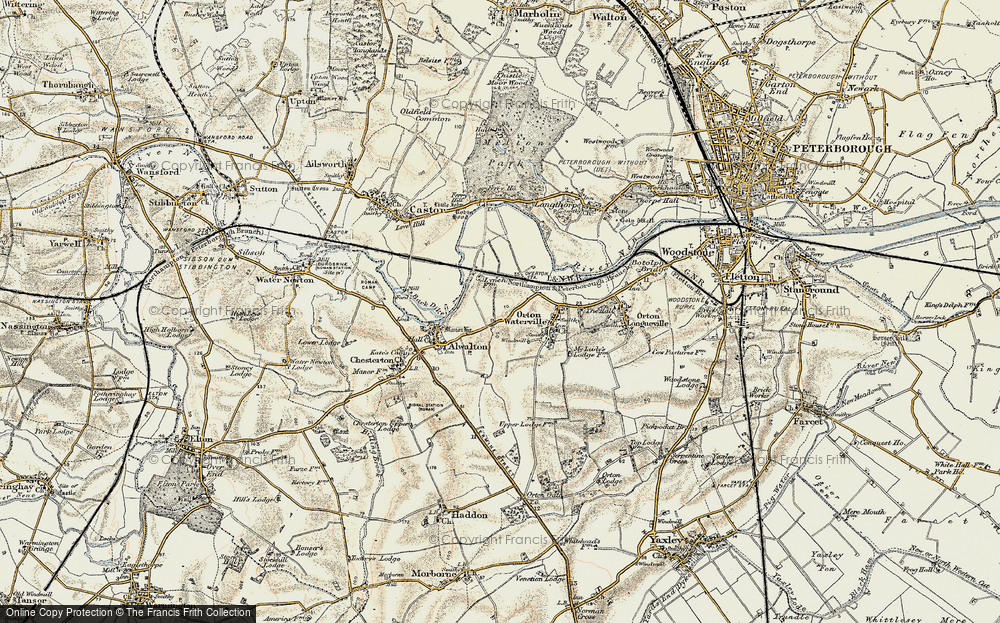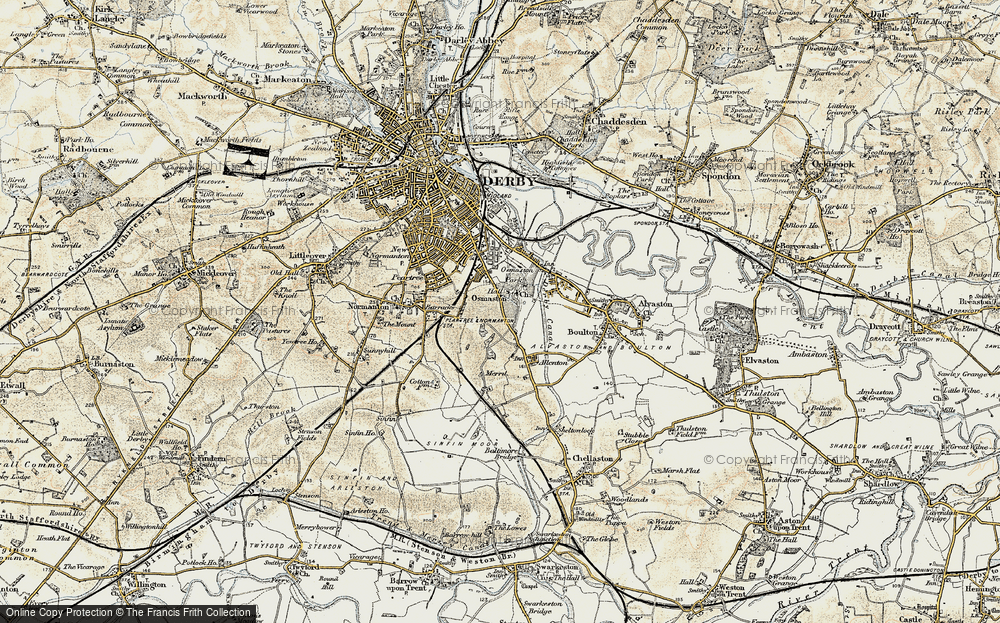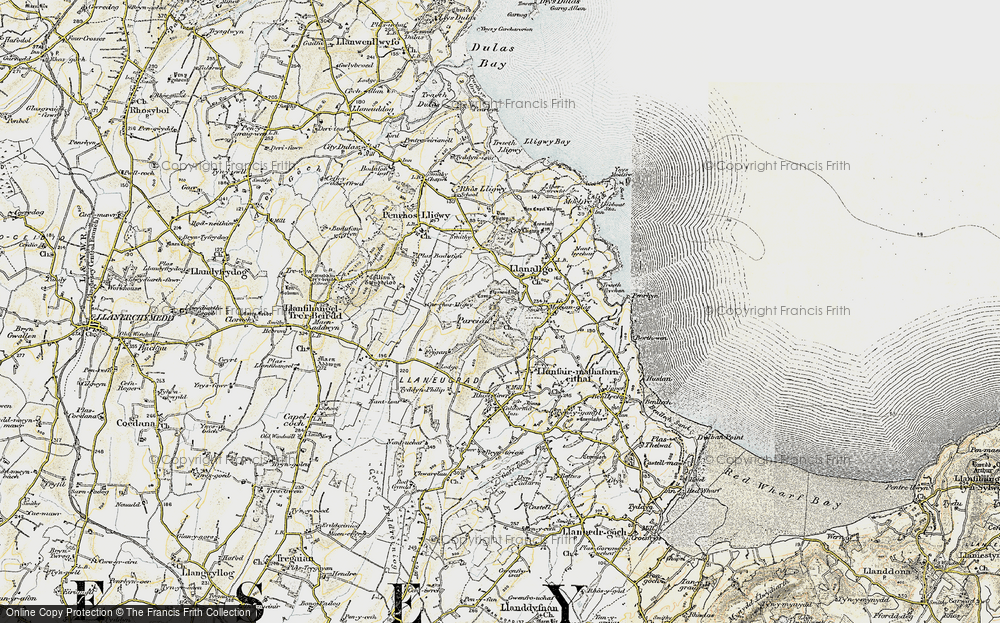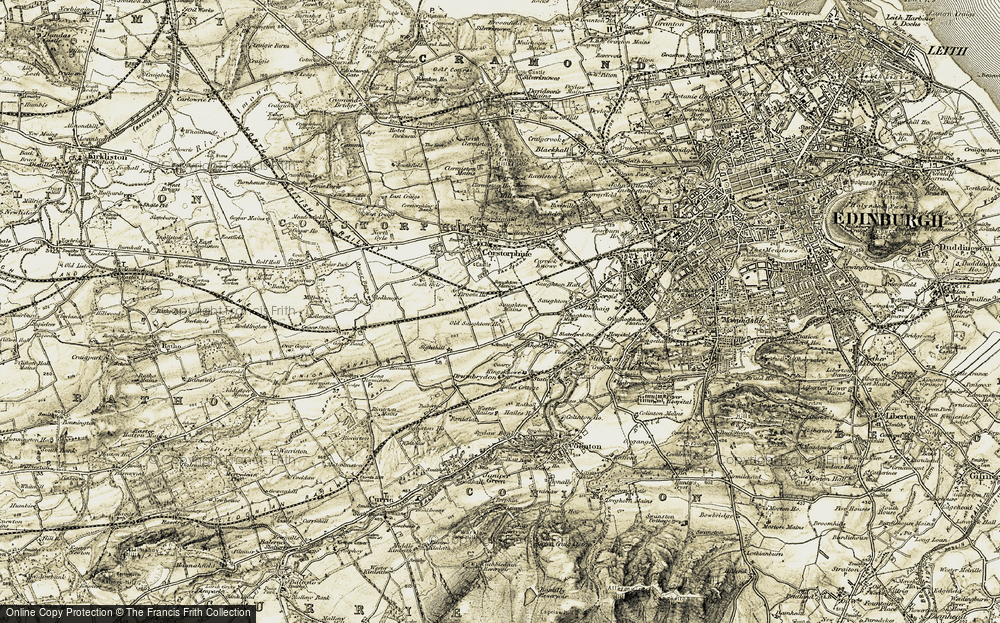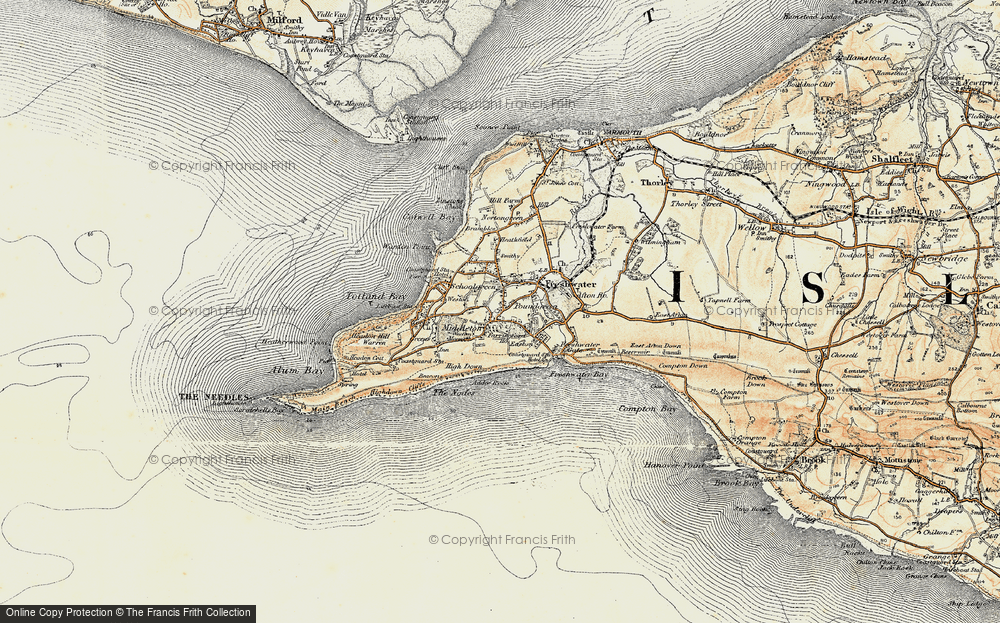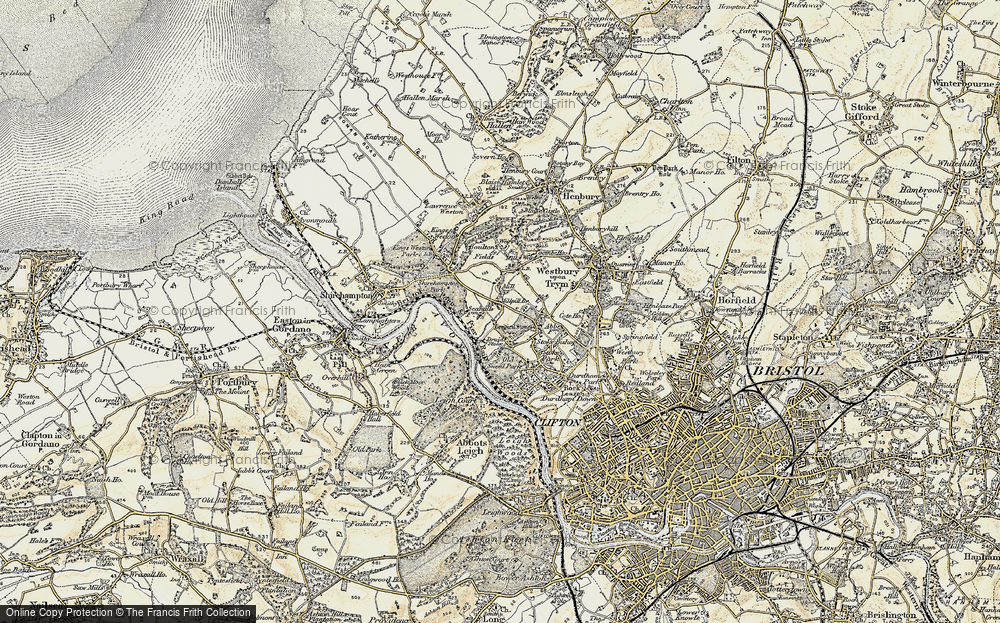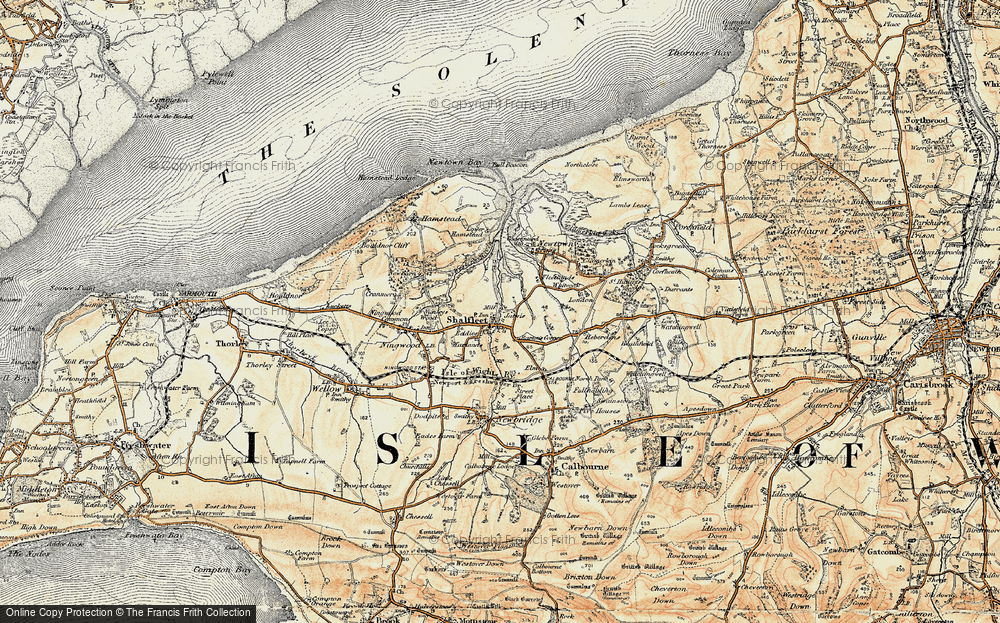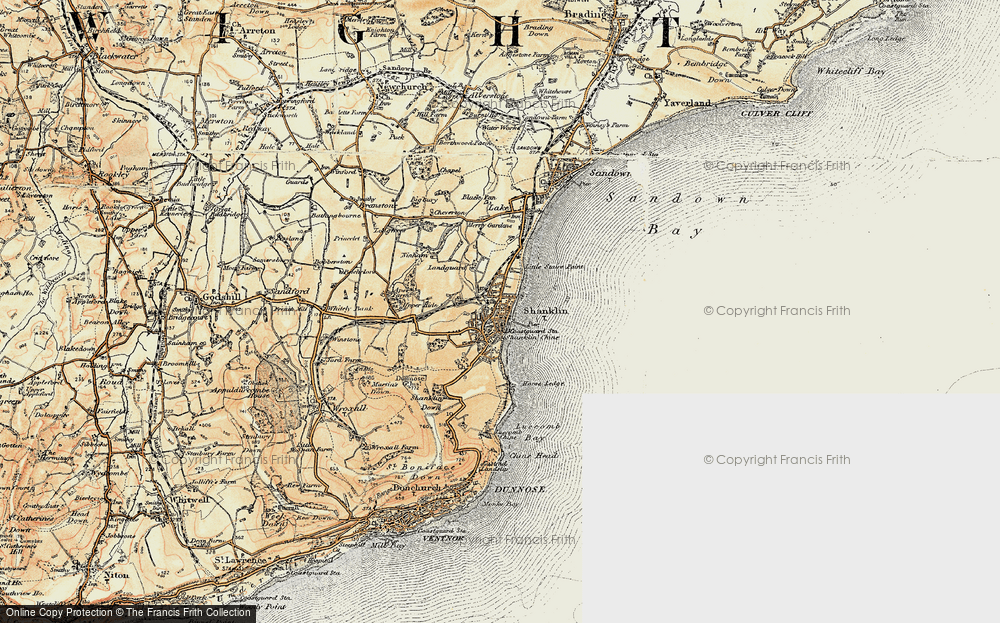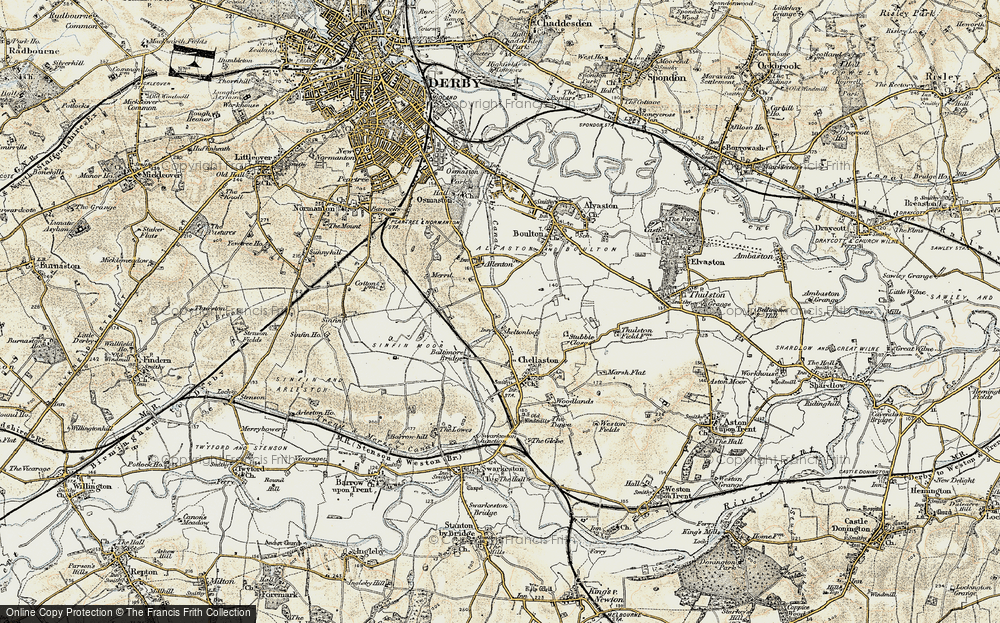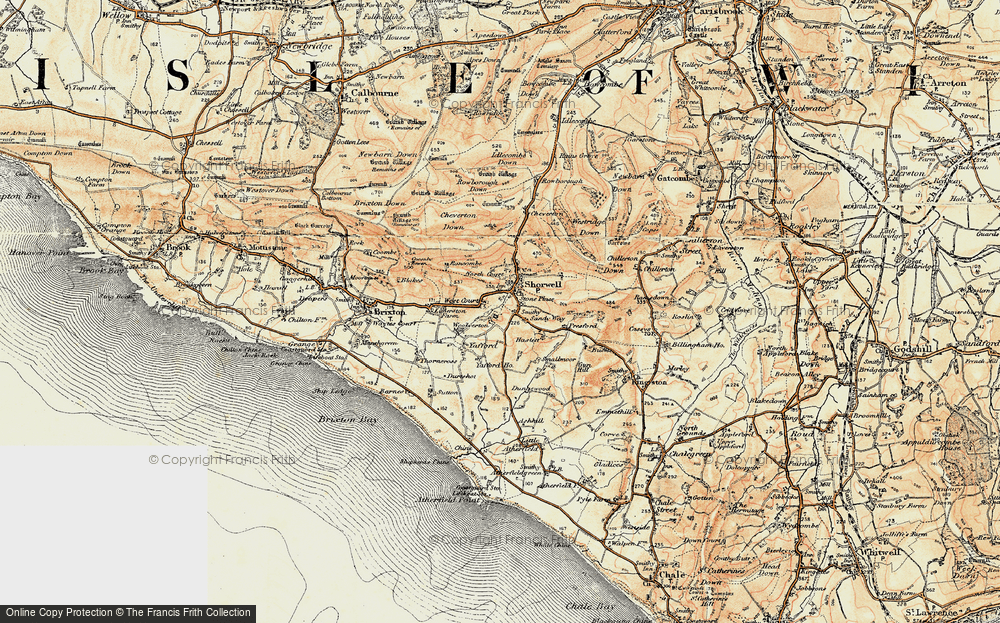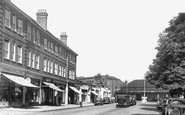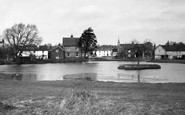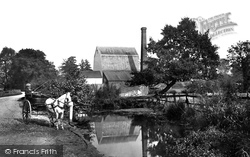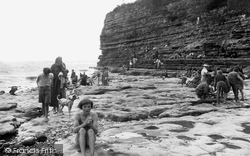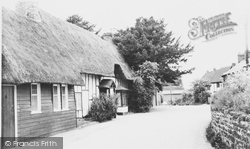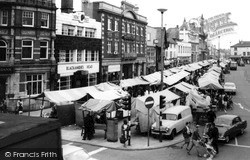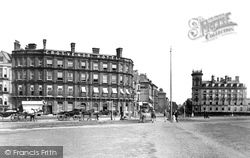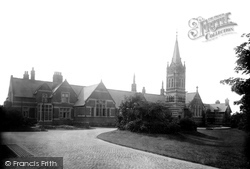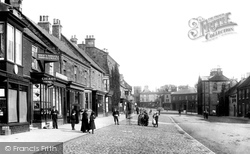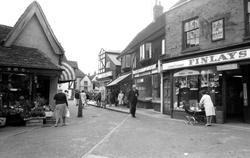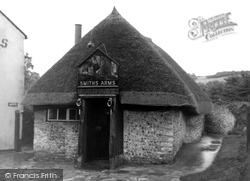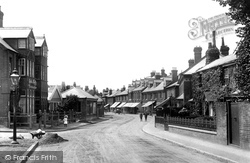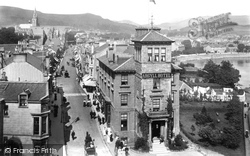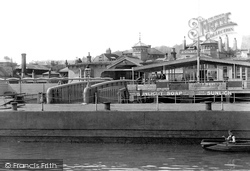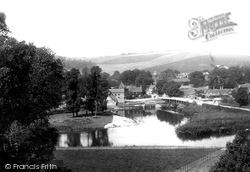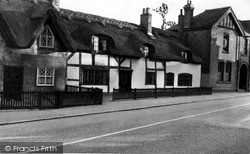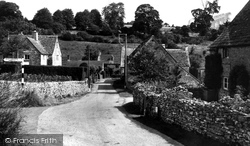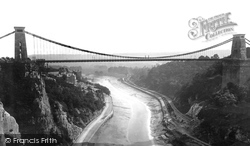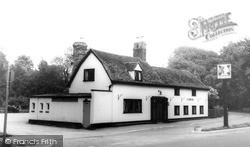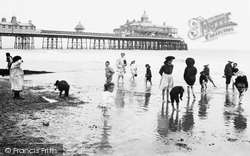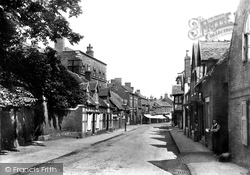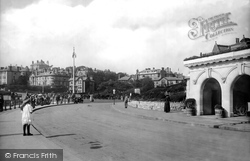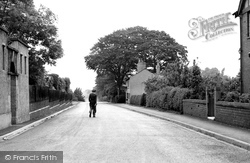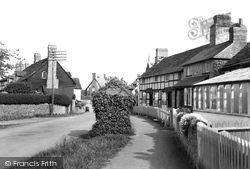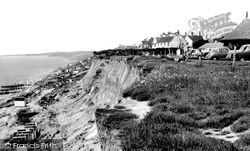Places
Sorry, no places were found that related to your search.
Photos
Sorry, no photos were found that related to your search.
Maps
7,034 maps found.
Books
163 books found. Showing results 2,593 to 2,616.
Memories
22,912 memories found. Showing results 1,081 to 1,090.
Toast Rack. Motorcycles.
Where the pushbike is, The Toast Rack cafe was, a favourite place for us 'rockers' to meet for coffee and a smoke (back in the days when we all did). This was the meeting place on a Sunday morning to ride to Box Hill and ...Read more
A memory of Sutton in 1961 by
Childhood In Eckington, 1950's 1960's
Myself and my brother were brought up in 50's by our grandparents as mum had died around Xmas '53. School was Camms, we joined the church choir and blessed with a decent voice I became head chorister singing ...Read more
A memory of Eckington by
1939 1949
RE: Holmeleigh Horncastle Childrens Homes and School Years I was in the "Homleigh" from 1939 to 1949. For anyone there at that time I was always known as 'Bunny'. Someone mentioned about two boys getting to London; well, I was one of ...Read more
A memory of Horncastle in 1940 by
Boarding & Quarantine Kennel
I worked at a large boarding & quarantine kennel for a year or two back in the late 60's or early 70's, in the Croydon area and I wondered if anyone remembers the name or even location - or anyone that might have worked ...Read more
A memory of Croydon in 1967 by
Growing Up In Tottenham
I spent my first years in Mt Pleasant Rd and went to Bruce Grove School during the war and recall many lessons taken in the playground air-raid shelter. I used to run all the way home with the 'doodlebugs' overhead. I left ...Read more
A memory of Edmonton in 1940 by
How I Found Abbotsley
My Dad, a countryman born and bred, went to London in the late 1920's for work - since there was a huge depression in his type of country work (farm labourer). He met my Mum, and I was born in Thornton Heath, Surrey, in 1930. ...Read more
A memory of Abbotsley in 1930 by
The Tin School And Thurlow Family
I was a pupil at the Tin School in Gilesgate Moor staring in 1954, leaving in 1961. It was at the crossroads of the road that now leads to Tesco, but opposite was the Durham District Services garage where my dad was a ...Read more
A memory of Durham in 1954 by
Burgh Heath
l remember when at the school l was not well, so was taken to Miss Marshall's house and was looked after by her elderly mother (I thought she was so old but probably wasn't). She told me about when they had the tea rooms and there ...Read more
A memory of Burgh Heath in 1958
Chillblains, Door Bells, Bethams And Costons
Born at 14 Greenford Gardens, my late parents Dr & Mrs Erskine founded Greenford Surgery at 297 Greenford Road. Earliest memories were of chilblains, no proper heating at home, and the door bell ...Read more
A memory of Greenford in 1956 by
Sutton At Hone
My sister attended Sutton at Hone school, catching the bus from Hawley or walking through the fields with friends. Such a quiet village . I used to cycle from Hawley to the paper shop and collect my papers to do 'my round' in ...Read more
A memory of Sutton at Hone in 1959 by
Your search returned a large number of results. Please try to refine your search further.
Captions
9,654 captions found. Showing results 2,593 to 2,616.
Girls pose with shrimping nets outside the Swan Hotel, with its boats for hire. The coal lighters are discharging coal at the Old Town Wharf.
Popular beaches for family picnics were the beaches at Rhoose and Fontygary.
Typical of many older cottages in central Bedfordshire, the mixture of timber cladding, wattle and daub, tile and thatch gives The Barn a picture postcard look to be envied.
In the 1920s the future looked very bright for Loughborough, but the Depression of the 1930s came as a cruel blow to the town.
In the meantime, development, in the main of a residential nature, continued to spread north and east across Portsea Island.
The Harris Orphanage opened in 1888 after £100,000 was set aside by the Trustees of the Harris Estate to build and equip such an establishment.
In this delightful and evocative view, we see the north or `top' side of Westgate.
At this date, Churchyard was a centre for bustling trade and commerce.
Once the village smithy, the inn at Godmanstone is said to be the smallest public house in England. The beautifully-thatched building measures only 20 ft by 10 ft; it is about 500 years old.
A quiet summer scene in Weybridge at the beginning of the 20th century. On the left, the pavement is being repaired, or perhaps newly built, judging from the look of the kerbstones and lamp standard.
This was one of three hotels recommended to overseas visitors; the others were the Queen's and McColl's. It was also possible to hire apartments in Dunoon at about 15s a week during the main season.
The early local historian Sir John Oglander remarked that he saw some 300 ships riding at anchor there in 1620.
The village of Streatley can be seen nestling between the Thames and the steep escarpment of the chalk downs, which are dotted with yews and junipers. The river is wide and shallow at this point.
The early local historian Sir John Oglander remarked that he saw some 300 ships riding at anchor there in 1620.
These low, half-timbered and thatched cottages at Repton probably date from Tudor times; they give an indication of the antiquity of this sleepy township, which lies eight miles to the south-west of Derby
A hamlet of Duntisbourne Abbots, Leer was held by the Abbey of Lire in Normandy until 1416, after which date the manor was given to the great Augustinian abbey at Cirencester, some six miles
The importance to Bristol of its Floating Harbour can be gauged from this picture, which shows the Avon at low water. The river has been known to have a maximum rise and fall of 37ft.
This small inn stands at the edge of the village on the main London route into Cambridge where it crosses the River Granta. The road on the right leads to the famous Gog Magog Hills.
Obviously, photographing children playing on the beach was a popular theme for postcard makers. On the pier beyond can be seen the cast-iron wind breaks added in 1903 and the Kursaal at the end.
It was in Shropshire Street that Roland Lateward lived at the end of the 1700s. He is reputed to have been the first gingerbread baker in the town. Even today, gingerbread is still produced here.
Undercliff Drive runs the long distance eastwards from Bournemouth's Pier to the pier at Boscombe.
It is hard to believe that this classic image of rural England was actually taken three years into the reign of Queen Elizabeth II and not at the beginning of the 20th century.
Today this view hasn't changed at all.
Geologically the cliffs at Barton-on-Sea are very colourful, not unlike those across the Solent on the Isle of Wight. The area around is rich hunting territory for the collector of fossils.
Places (0)
Photos (0)
Memories (22912)
Books (163)
Maps (7034)


